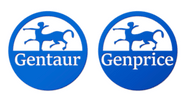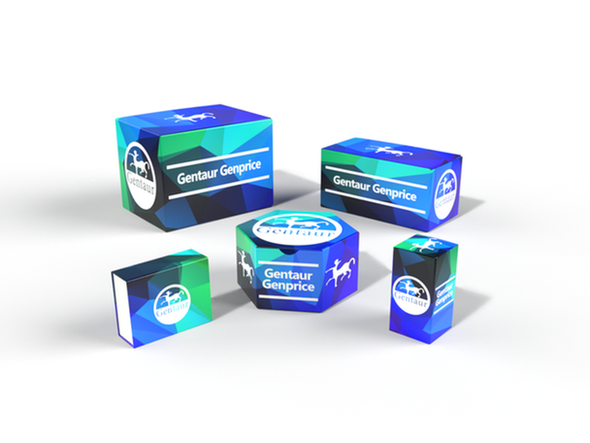Description
CBX4 polyclonal Antibody | BS7970 | Gentaur UK, US & Europe Distribution
Host: Rabbit
Reactivity: Human,Mouse
Application: WB IHC IP
Application Range: WB 1:500 - 1:2000 IHC 1:50 - 1:200 IP 1:50 - 1:200
Background: Polycomb group (PcG) proteins form multiprotein complexes and play a role in gene silencing and Hox gene regulation by altering chromatin structure during transcription. The PcG protein MPc2, also known as CBX4, PC2 or HPc2, maps to human chromosome 17q25.3. MPc2 and MPc3 are PcG proteins that show structural similarity to M33 and, like M33, bind the PcG protein RING1 through a conserved c-box motif located in the C-terminus of RING1. MPc2 is a repressor of proto-oncogene activity, thus interference with MPc2 function can lead to depression of proto-oncogene transcription and subsequently to cellular transformation. MPc2 is able to act as a long range transcriptional silencer. MPc2 is expressed in the human osteosarcoma cell line U-20S. MPc2 is part of a large multiprotein complex that also contains other PcG proteins including Bmi-1.
Storage & Stability: Store at 4°C short term. Aliquot and store at -20°C long term. Avoid freeze-thaw cycles.
Specificity: CBX4 polyclonal Antibody detects endogenous levels of CBX4 protein.
Molecular Weight: ~ 61 kDa
Note: For research use only, not for use in diagnostic procedure.
Alternative Names: CBX 4; CBX4; Cbx4 chromobox homolog 4 (Drosophila Pc class) ; CBX4_HUMAN; Chromobox homolog 4 (Pc class homolog, Drosophila) ; Chromobox homolog 4; Chromobox protein homolog 4; E3 SUMO protein ligase CBX 4; E3 SUMO protein ligase CBX4; E3 SUMO-protein ligase CBX4; hPc 2; hPc2; NBP 16; NBP16; NS5ATP1 binding protein 16; Pc 2; Pc class 2 homolog; Pc class homolog; Pc class homolog Drosophila; PC2; Polycomb 2 homolog;
Immunogen: Recombinant full length Human CBX4.
Conjugate: Unconjugated
Modification: Unmodification
Purification & Purity: The Antibody was affinity-purified from rabbit antiserum by affinity-chromatography using epitope-specific immunogen and the purity is > 95% (by SDS-PAGE) .
Pathway:






